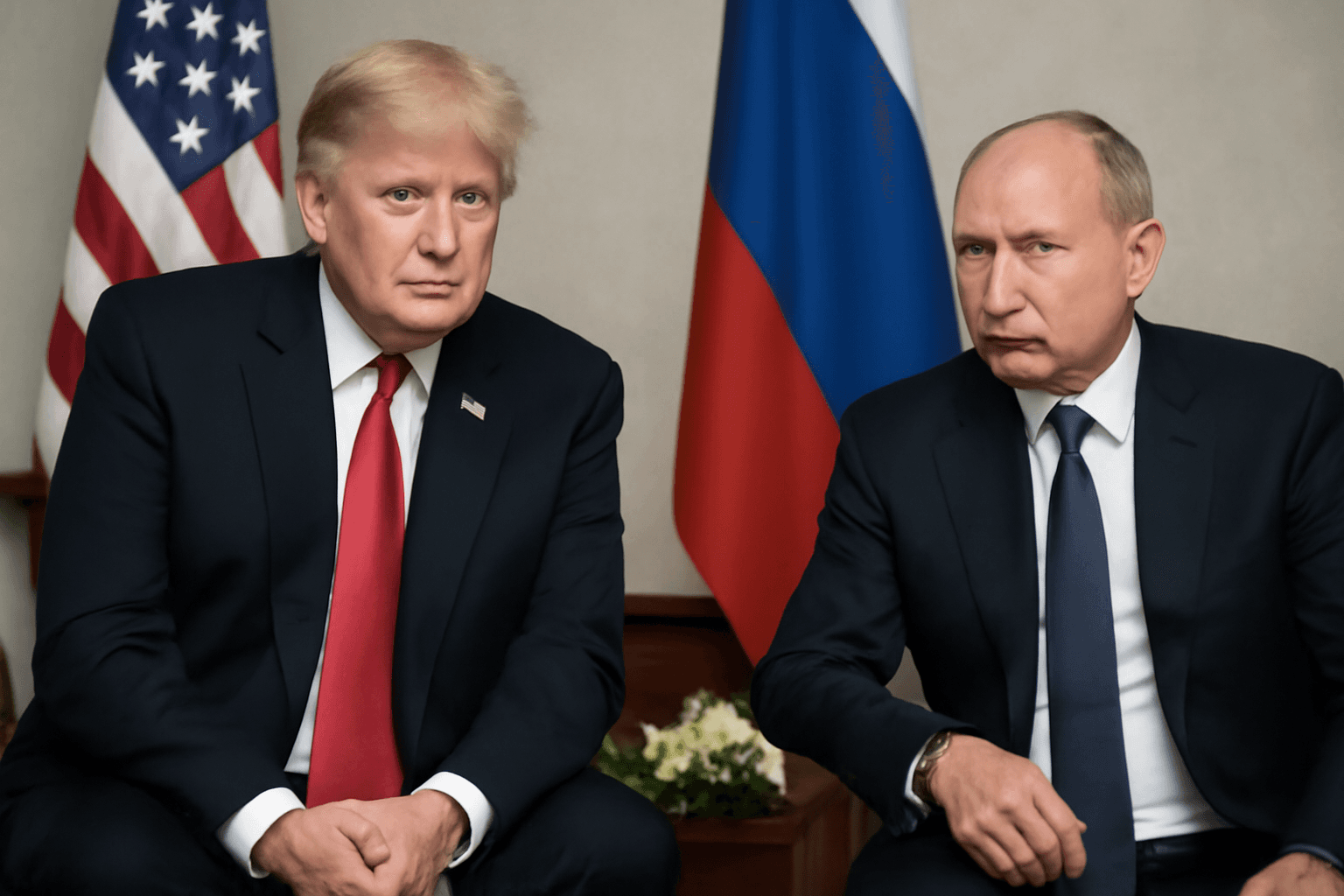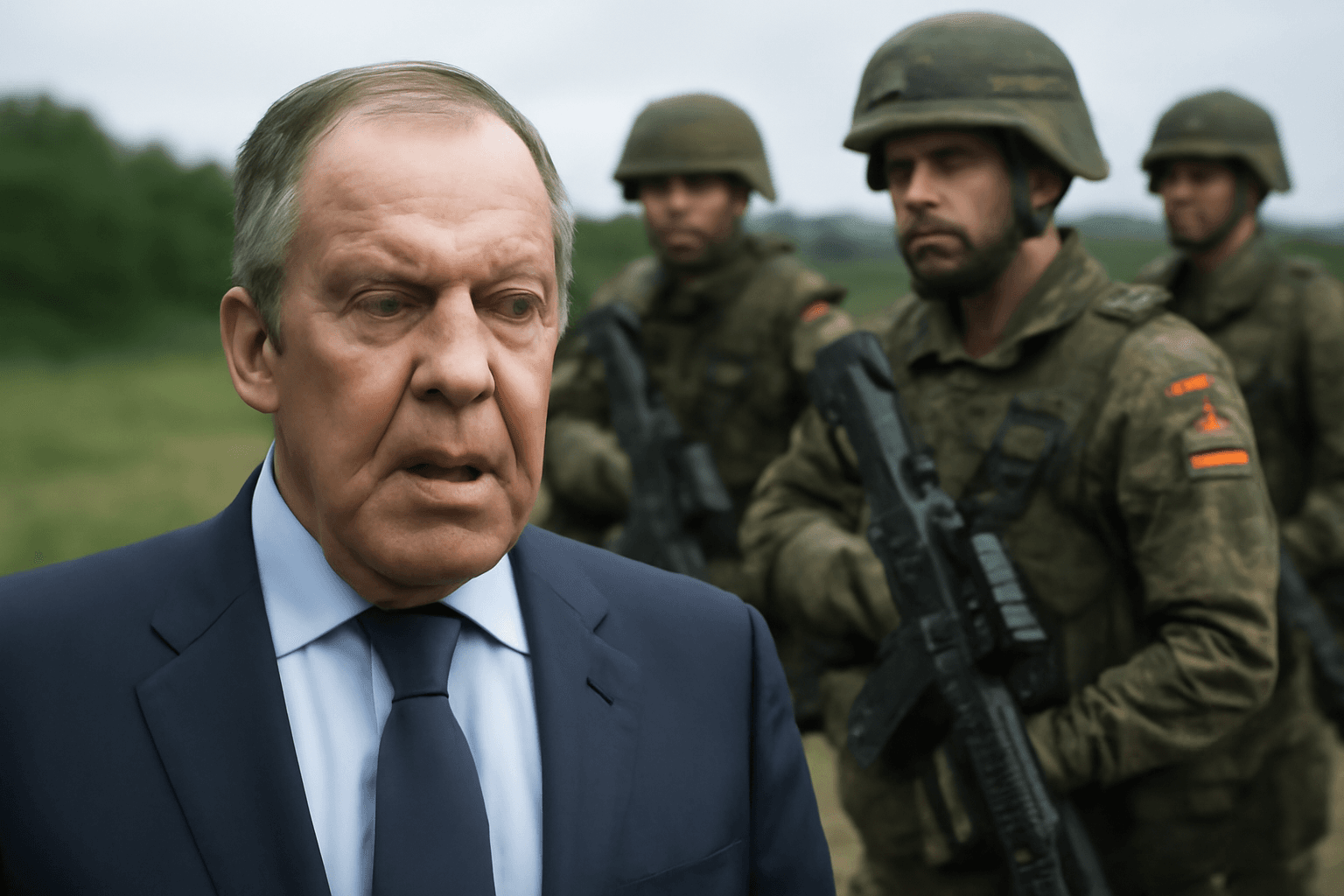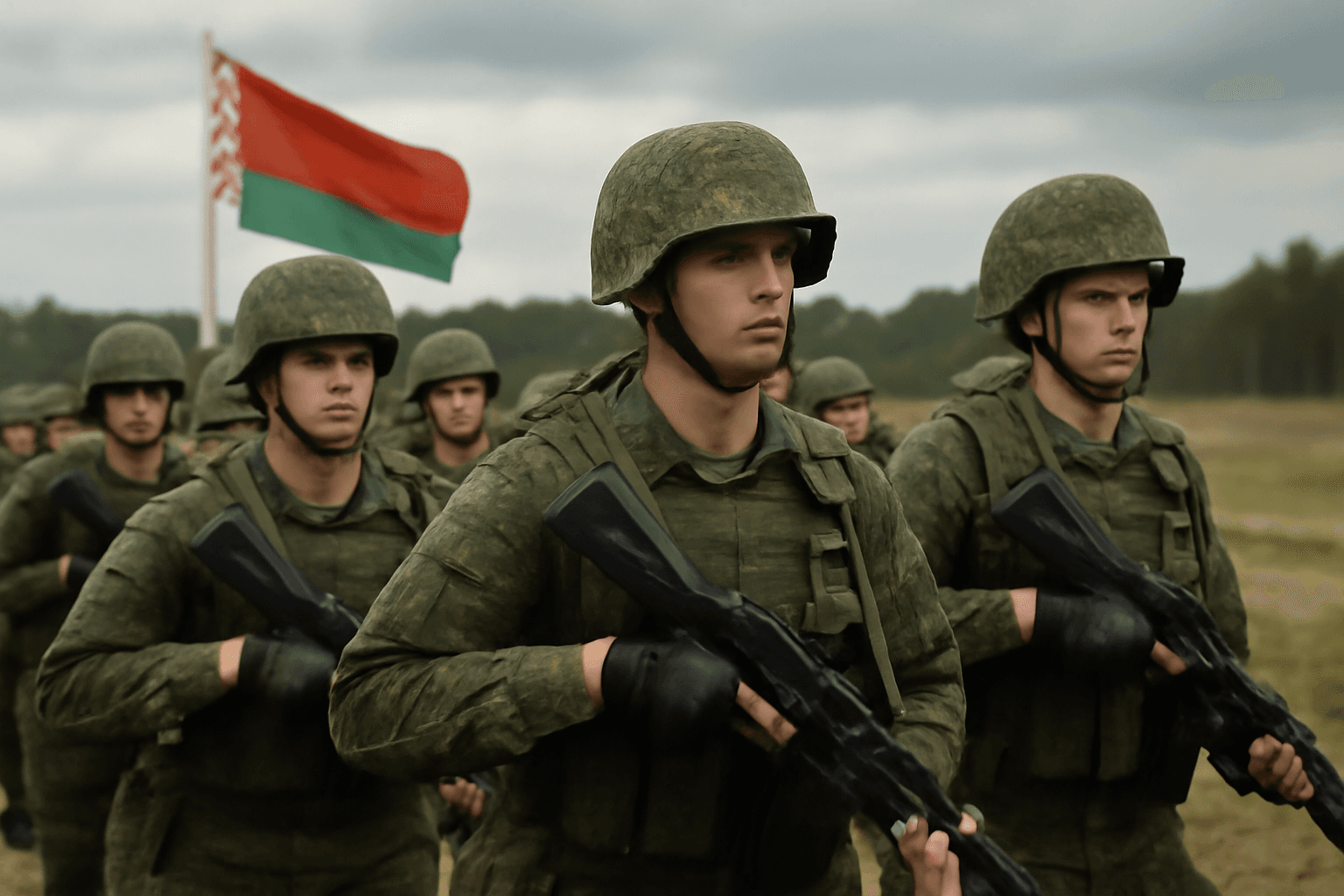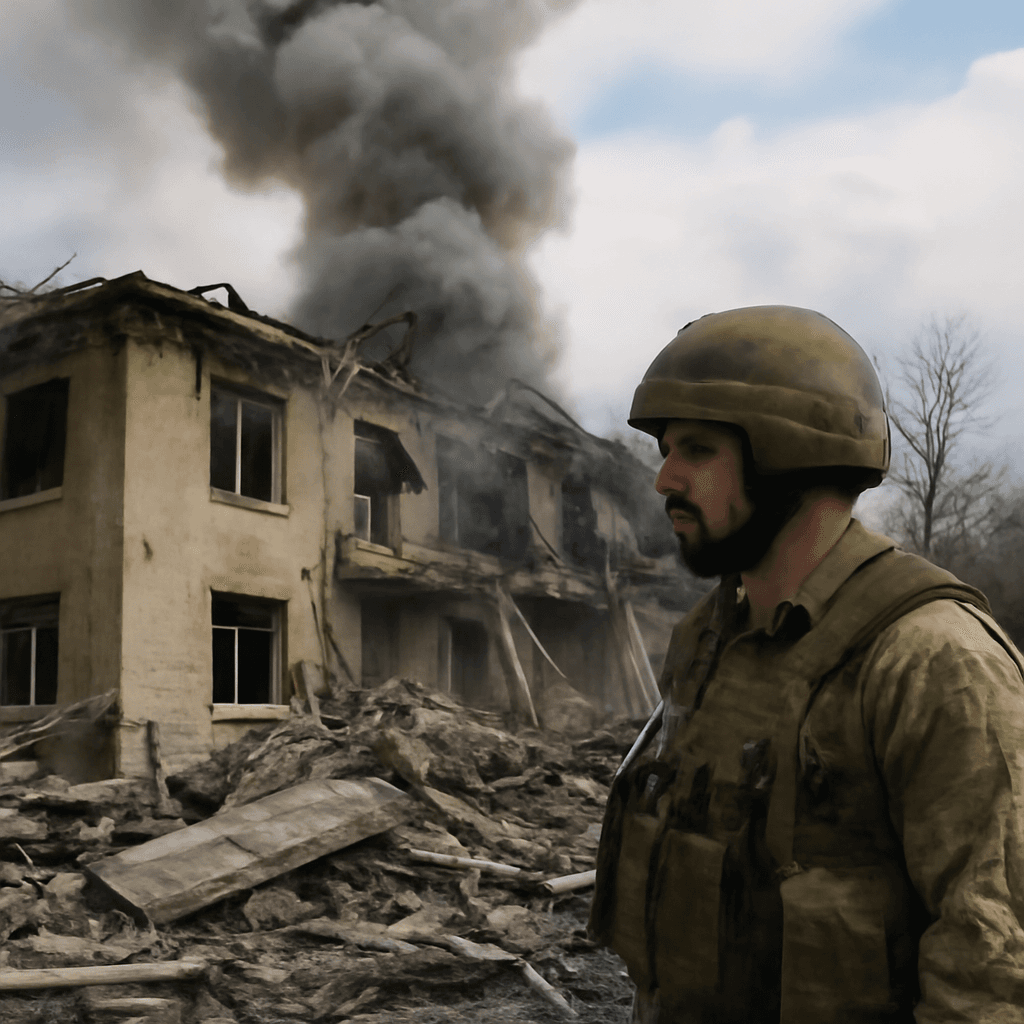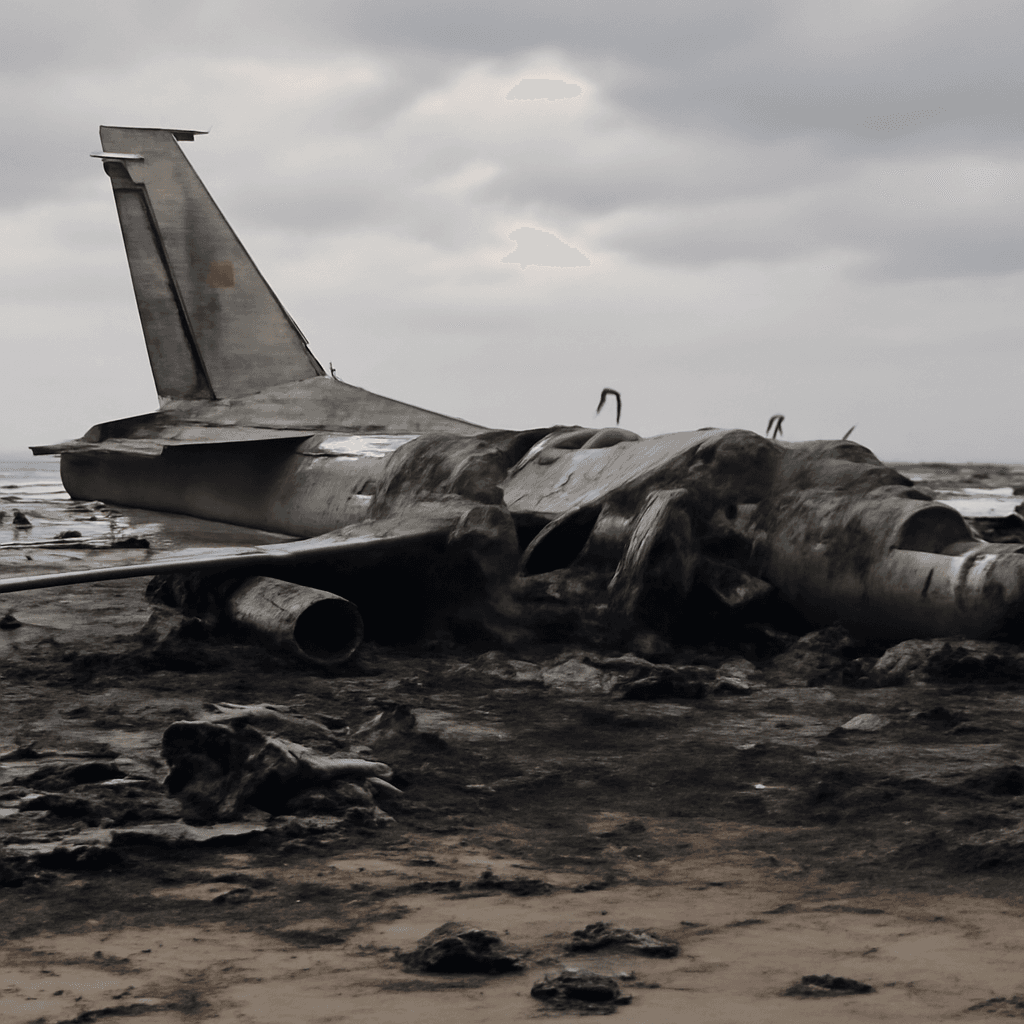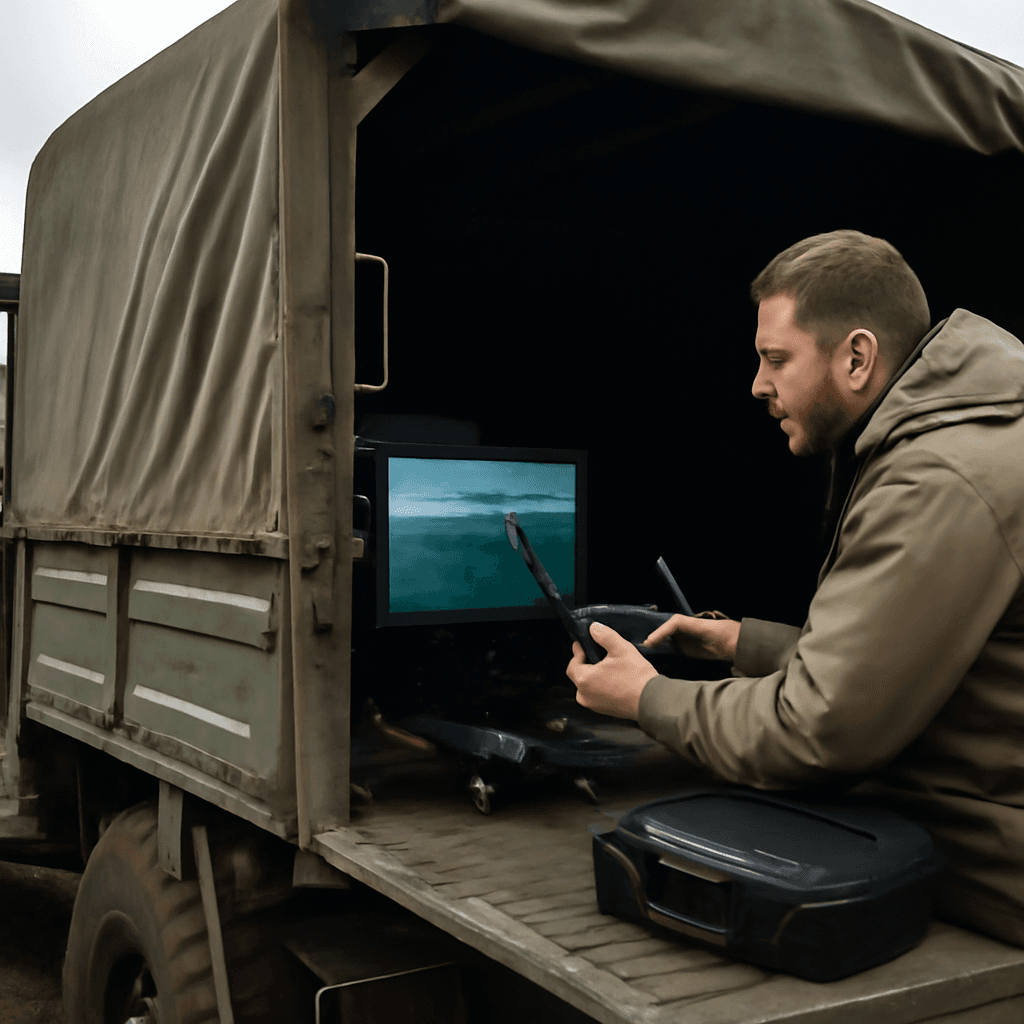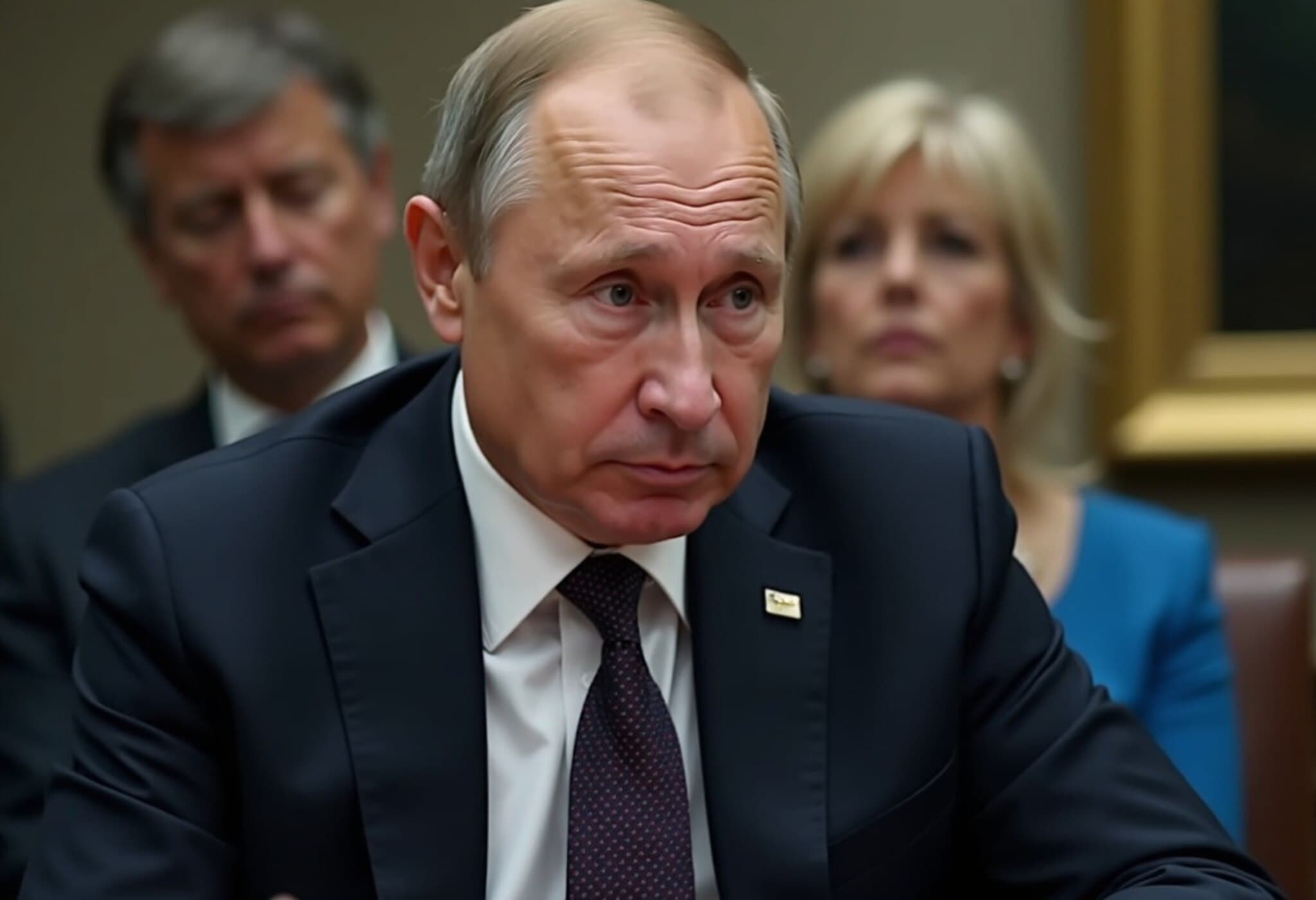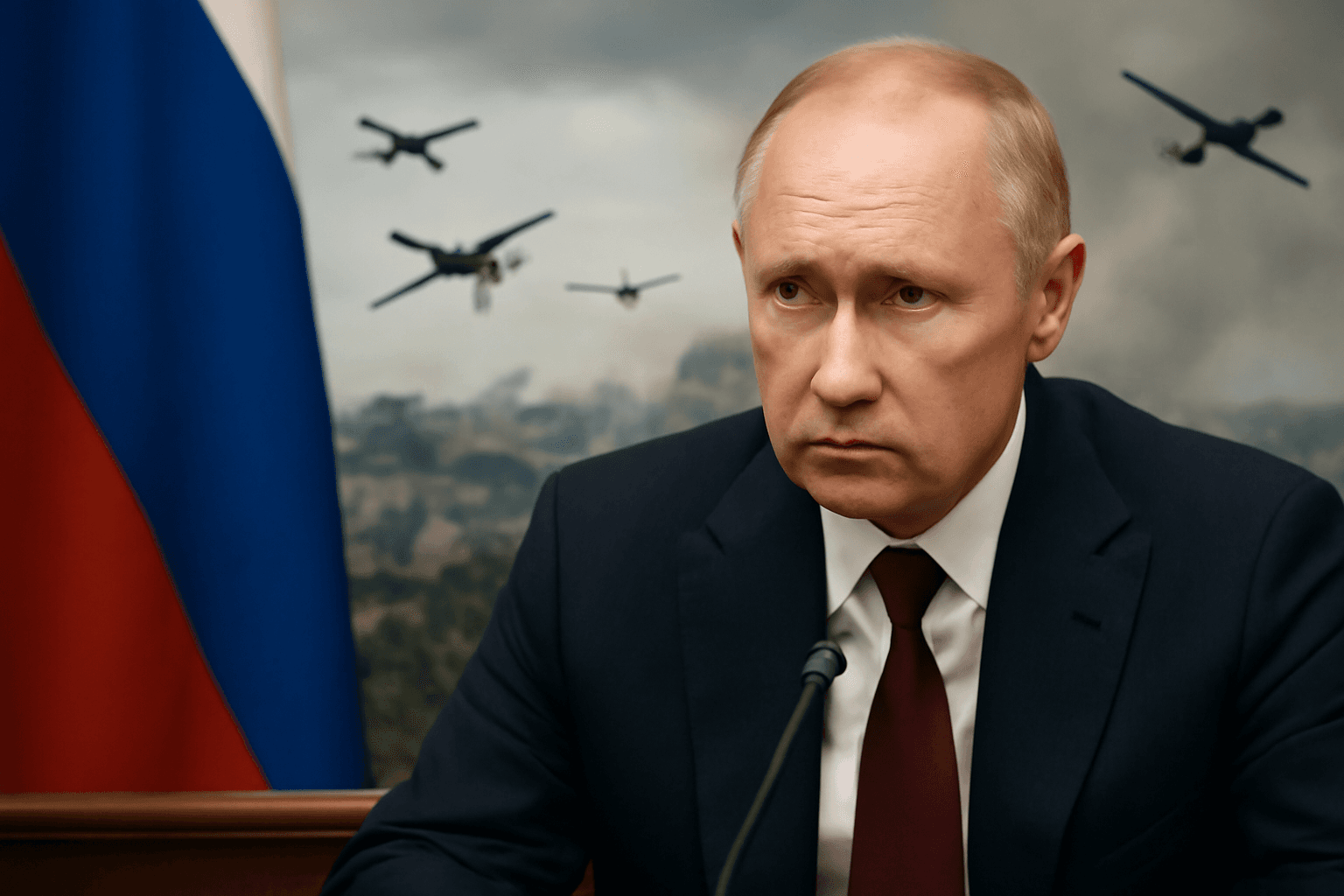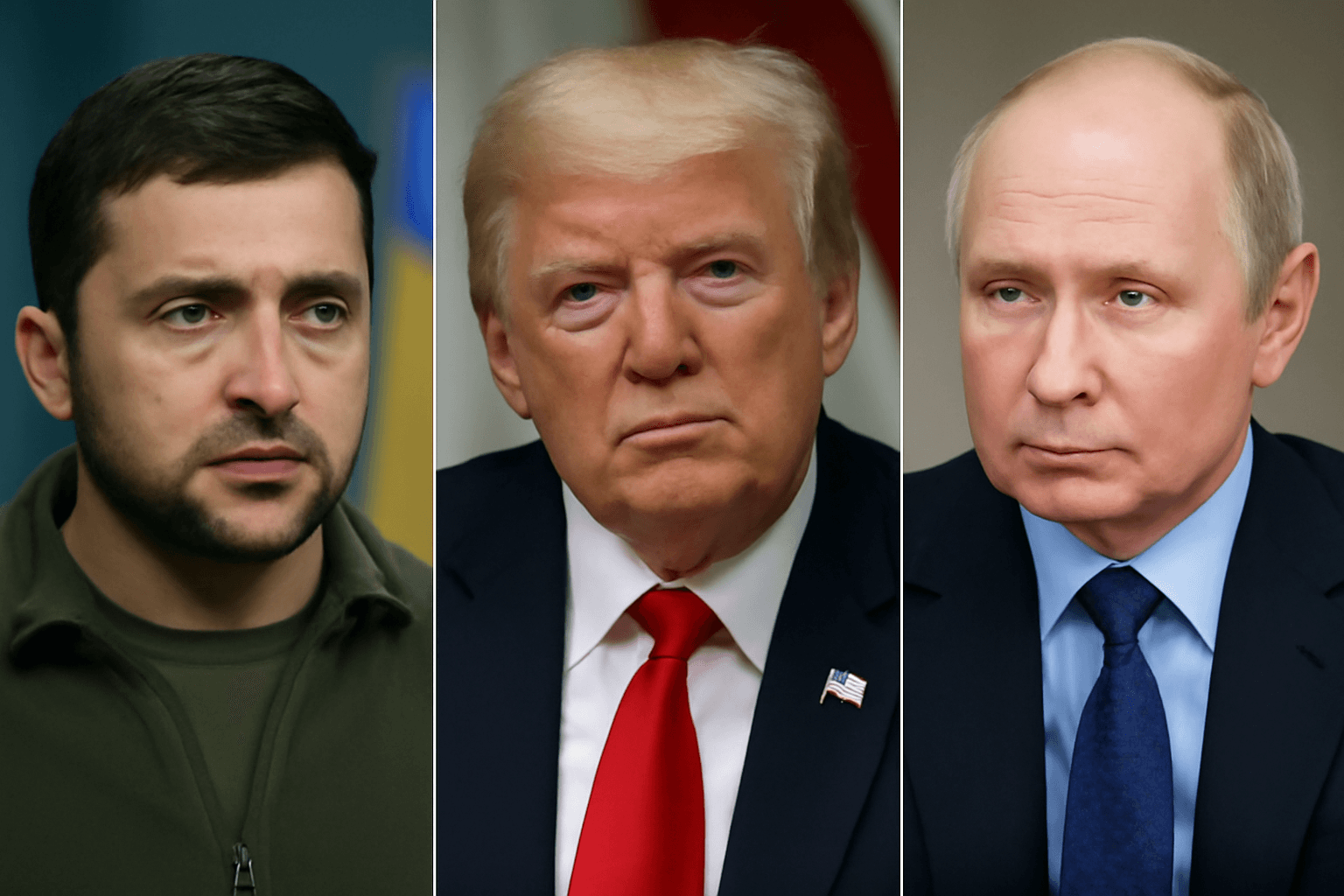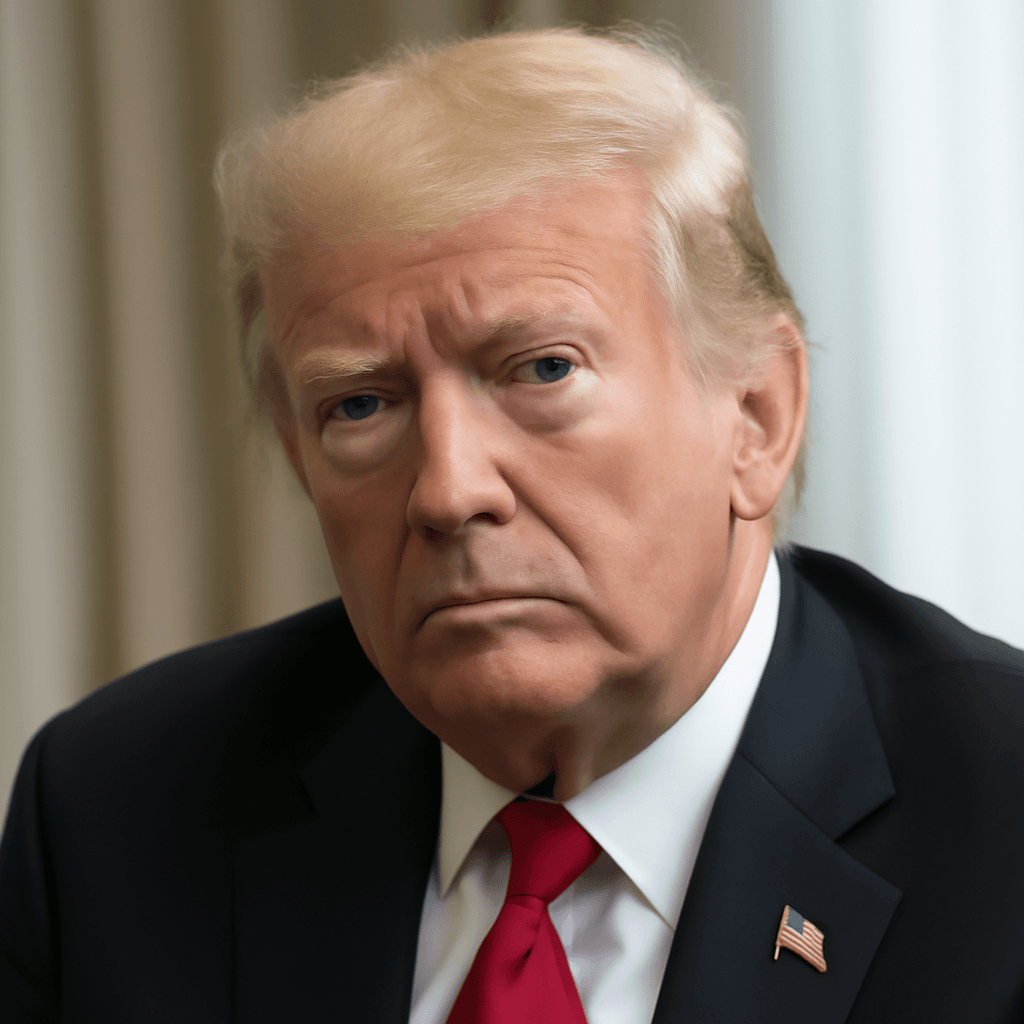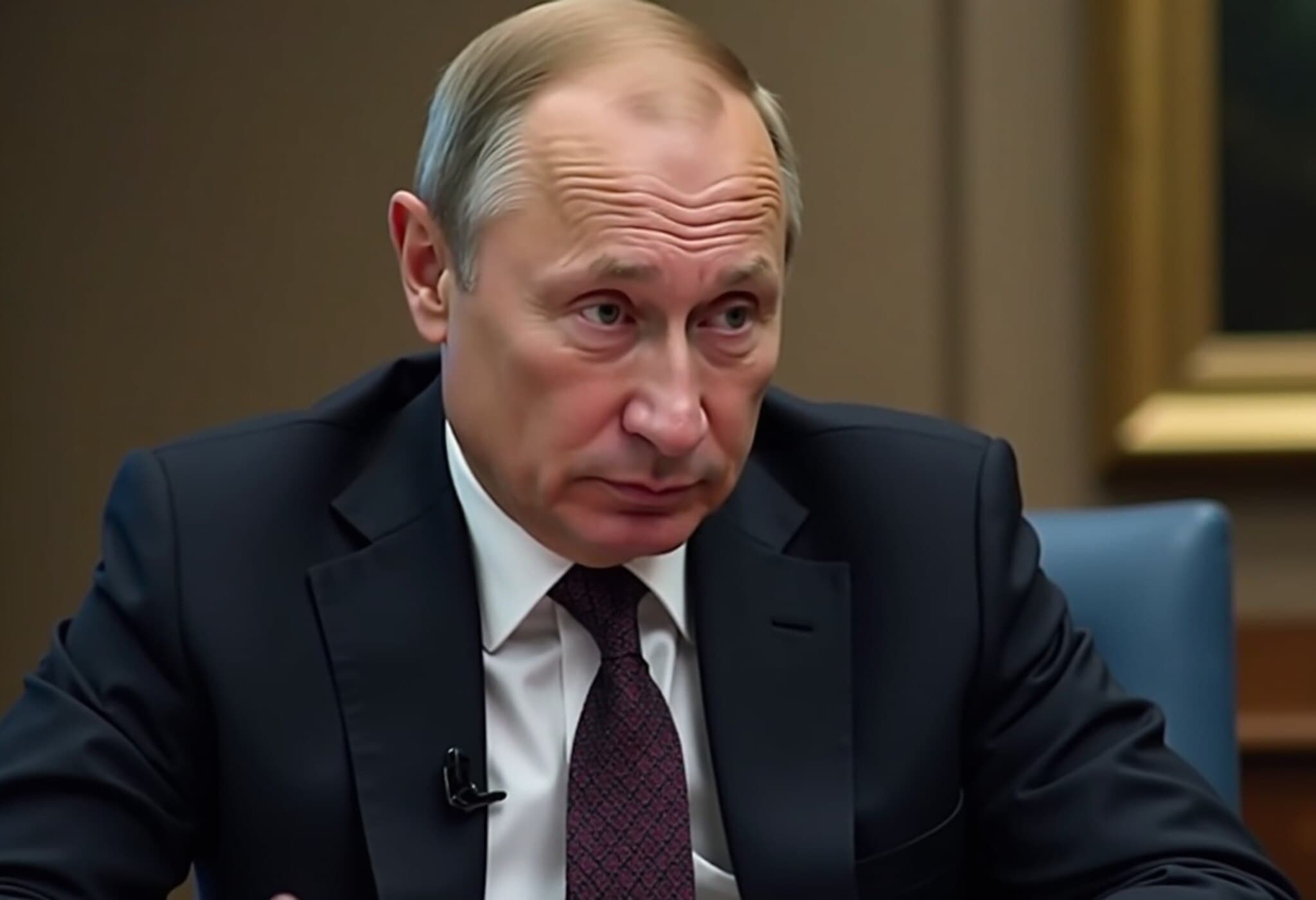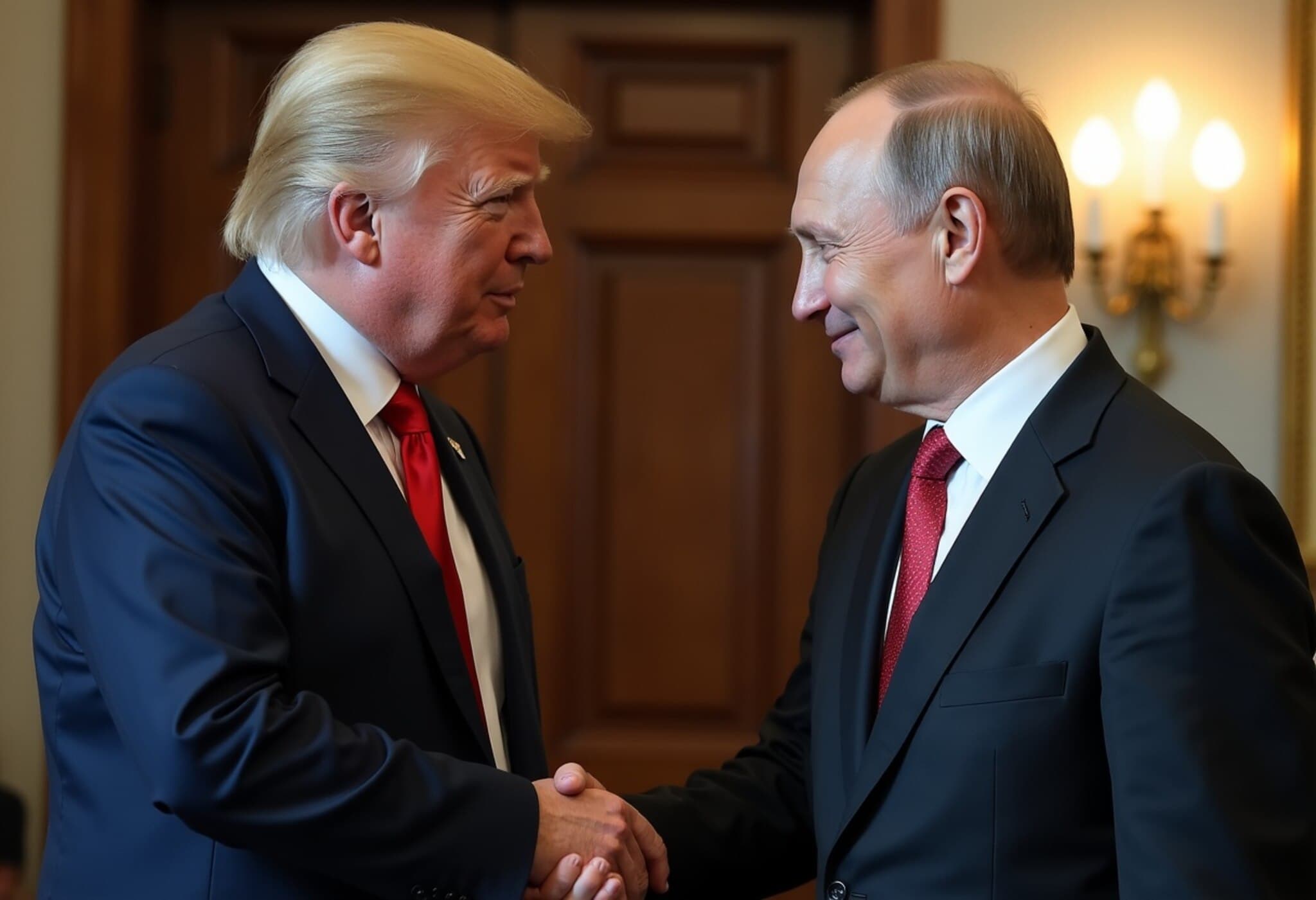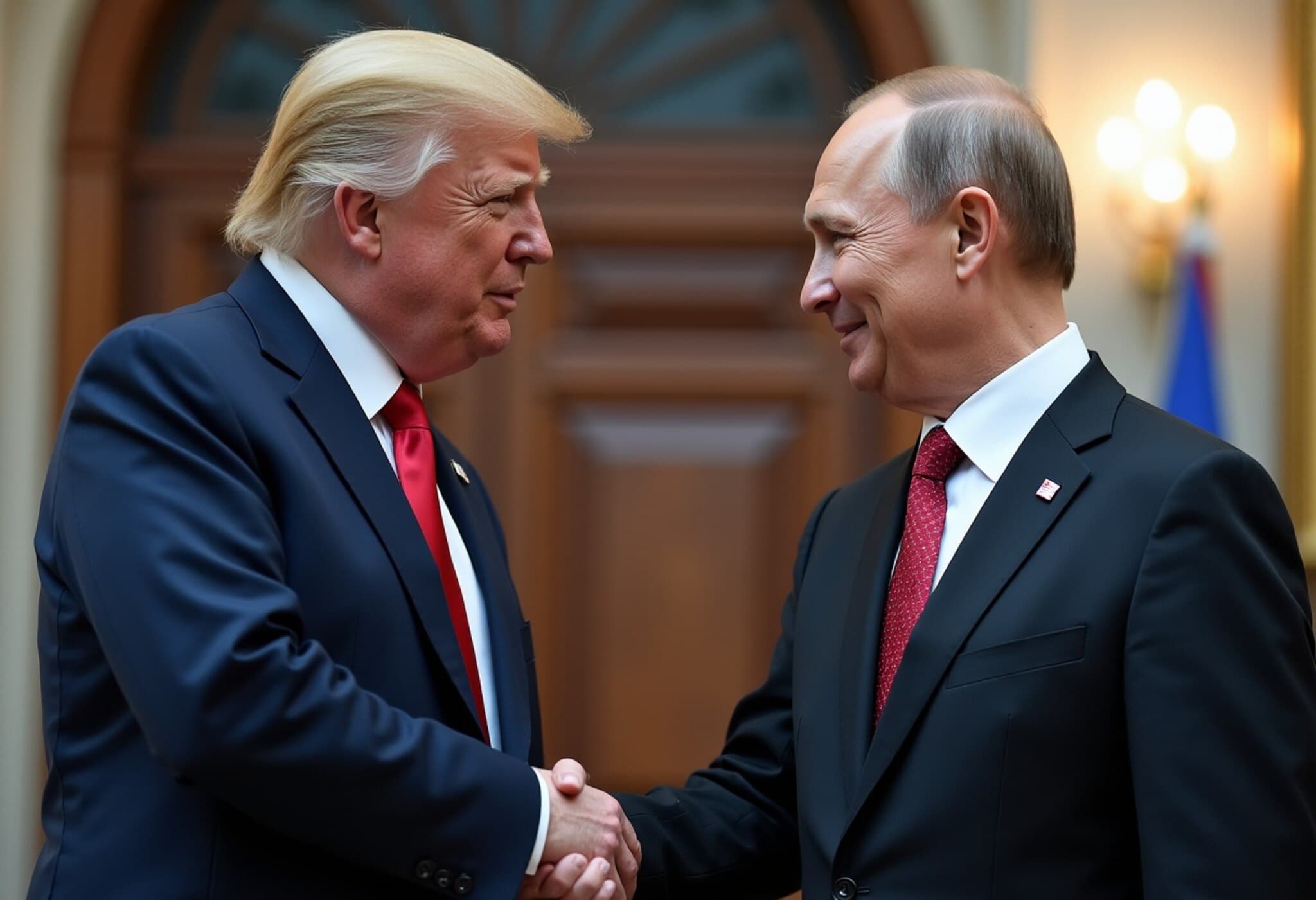Background: The Alaska Summit and Rising Expectations
When US President Donald Trump welcomed Russian President Vladimir Putin to Alaska’s Joint Base Elmendorf-Richardson in August 2025, global eyes fixated on what many hoped would be a breakthrough in the protracted Ukraine conflict. The summit sparked optimism about potential peace talks and a possible ceasefire. However, as days passed, the initial enthusiasm gave way to skepticism and complex geopolitical posturing.
Putin’s Post-Summit Strategy: Playing the Long Game
Experts increasingly argue that Vladimir Putin effectively outplayed Donald Trump during the Alaska summit. While Trump spoke of “great progress” in discussions, Moscow maintained a firm position rooted firmly in expanding territorial demands and securing long-term strategic guarantees.
Russia’s position remains uncompromising: complete Russian control over Donbas region territory, a halt on NATO’s enlargement — specifically, Ukraine’s accession — strict constraints on Ukraine’s military capabilities, and a veto power over any security guarantees extended to Kyiv.
According to Nicholas Lokker, a Russia expert at the Washington-based Center for a New American Security (CNAS), “Putin has stayed consistent in suppressing Ukrainian sovereignty and reshaping the regional order to Russia's advantage,” illustrating that Moscow's objectives remain unchanged despite Western diplomatic overtures.
Trump Administration’s Response and International Dynamics
Despite being physically present at the summit, the Trump administration appears to have misunderstood or underestimated Russia’s steadfast goals. After the summit:
- Trump expressed frustration with the slow pace toward a Ukraine truce.
- Criticism mounted over delays in enforcing promised sanctions against Russia, especially following a notable missile strike on an American-owned factory in Ukraine’s Zakarpattia province.
- Attempts to broker ceasefire talks have stalled as Russia dismissed what many saw as already favorable peace proposals.
This has raised questions about the efficacy of Trump’s “carrot and stick” approach, as some critics perceive a tilt favoring Russian narratives, undermining the US’s traditional stance as a steadfast advocate for Ukrainian sovereignty.
Europe’s Role and Security Guarantees: A Complex Puzzle
For Europe, Ukraine represents a frontline defense against Russian expansionism — often termed the most significant security challenge since WWII. European leaders, united alongside Ukrainian President Volodymyr Zelenskyy, have called for accelerated US-led efforts on ceasefires and robust security pledges.
Yet, Trump’s reluctance to fully commit complicates this alliance:
- US arms sales to Ukraine come with restrictive conditions, including a 10% premium and limits on missile use against deep Russian targets.
- European nations, dependent on US military support, lack the standalone capacity to deter Russia decisively.
Professor Amitabh Singh from Jawaharlal Nehru University emphasizes that meaningful security guarantees require strong US involvement. Without American military backing or a credible Article 5-style commitment, Europe’s efforts may fall short in the face of persistent Russian aggression.
What Lies Ahead: The Challenges of Negotiation and Conflict Resolution
Russia has escalated its narrative beyond territorial claims, insisting that Ukraine adopt policies privileging ethnic Russians linguistically and culturally — demands that threaten to unravel Ukrainian national identity.
Putin’s unyielding stance rules out compromise through diplomatic middle grounds unless tangible pressure is applied on the battlefield. Yet, according to Lokker, western military aid to Ukraine is unlikely to significantly ramp up soon, reflecting hesitancy in American policy pivots.
Conversely, Singh remains cautiously optimistic that with strategic pressure and well-crafted security guarantees, “the territorial demands might form a base for negotiations”, leading to a painful but pragmatic compromise where all sides claim some form of victory.
Key Questions Moving Forward
- Can the US balance firm sanctions and diplomatic engagement to meaningfully deter Russian ambitions?
- Will Europe’s call for more decisive intervention sway the Trump administration towards deeper commitment?
- How sustainable are any peace agreements that require Ukraine’s neutrality and limitations on sovereignty?
Expert Insight: Navigating a Delicate Geopolitical Landscape
The Alaska summit has exposed the intricate dance of international diplomacy where public optimism may conceal underlying strategic calculations. Putin’s ability to hold firm on maximalist demands, combined with a somewhat ambivalent American approach, signals a prolonged struggle rather than a swift resolution.
As the world watches, the US and its allies face the daunting task of crafting policies that protect Ukraine’s sovereignty without triggering further escalation — a delicate balancing act that will shape Eastern European security for years to come.
Editor’s Note:
This unfolding saga underscores the complexity of modern geopolitical conflicts where military might, diplomatic negotiations, and national identities intertwine. Readers should critically evaluate developments beyond headline summaries, recognizing that the path to peace is rarely linear and requires a nuanced understanding of both overt actions and underlying intentions. The Alaska summit was more than a photo opportunity — it was a strategic tableau revealing that in diplomacy, perception can often be as impactful as policy.

